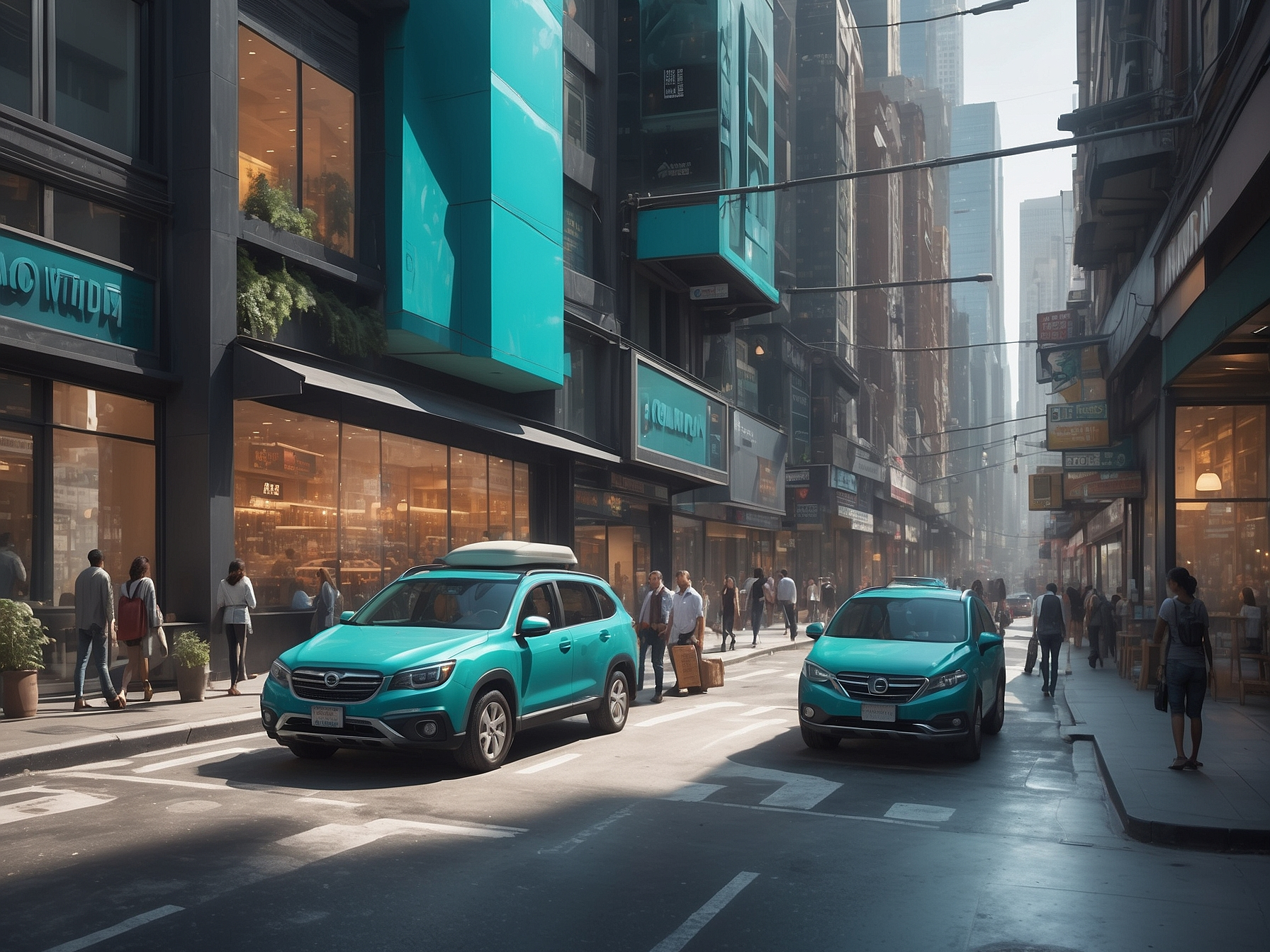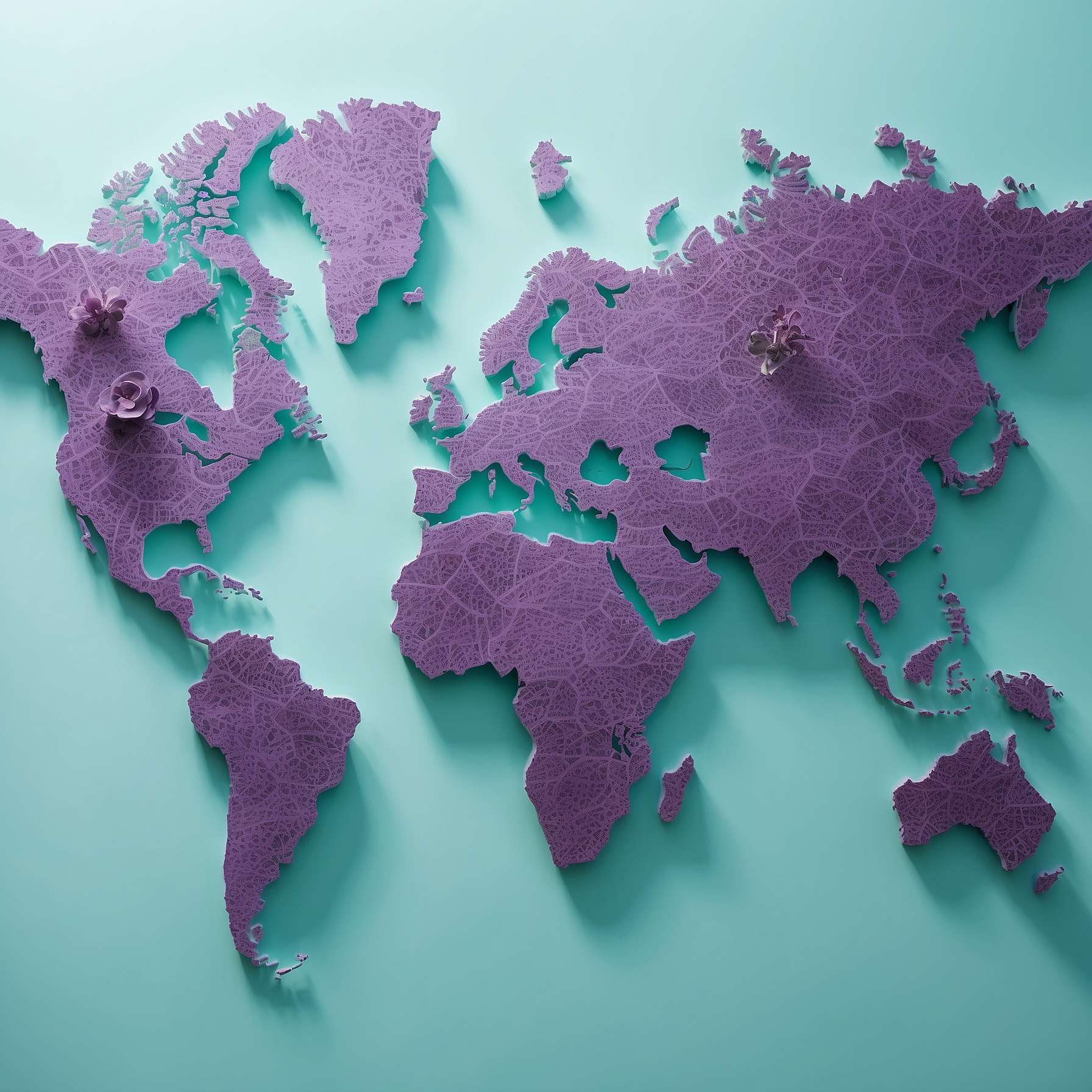Ever feel like the global economy is as confusing as trying to assemble IKEA furniture without the instructions? You’re not alone! As the world keeps spinning (literally and economically), countries are tossing aside the all-or-nothing approaches of pure capitalism and socialism. Instead, they’re mixing things up—quite literally—with mixed economies. Think of it as the economic version of a smoothie: blending the best ingredients from both systems to avoid the bitter aftertaste of their downsides.
In this rollercoaster ride, we’re diving into major mixed economy examples—real countries with real economic experiments. We’ll spill the tea on how each nation has its own unique recipe of free-market hustle and government muscle, exploring the perks and quirks of each model. Buckle up; it’s going to be an enlightening journey!
But hold on a sec—before we leap into these real-life examples, let’s make sure we’re all on the same page about what a “mixed economy” actually is. No economics degree required, promise!
What Is a Mixed Economy?

So, what’s the deal with a mixed economy? A mixed economy is an economic system that combines elements of both capitalism and socialism. It’s like having the freedom to choose your own adventure while still having a safety net if things go sideways. In this setup, private businesses can own property and produce goods and services (yay for entrepreneurship!), but the government doesn’t just sit on the sidelines. Oh no, it plays a role in regulating industries and providing certain public services like education and infrastructure. Think of it as a team effort between you and your slightly overprotective—but well-meaning—parent.
Examples of countries rocking the mixed economy vibe include the United States, Canada, France, Germany, and Japan. Yep, some heavy hitters in the global arena!
In a nutshell, a mixed economy lets private businesses strut their stuff while the government keeps an eye on things to make sure nobody’s hogging all the cookies. It’s the best of both worlds—or at least, it tries to be.
Curious about why mixed economies are a big deal? Check out our article on Mixed Economy Advantages. Trust us; it’s worth the read!
What Makes a Mixed Economy, Well, Mixed?
Glad you asked! For a country to earn the “mixed economy” badge, it needs a blend of public and private ownership. That means private businesses can own property, produce what they want, and set prices—just like in a capitalist economy. But there’s a plot twist: the government steps in with regulations and may own certain industries or provide public goods and services. It’s like starting with a free-market foundation and sprinkling in various degrees of government intervention to keep things interesting (and, hopefully, fair).

In reality, almost all countries are mixed economies to some extent. Why? Because running a completely pure capitalist or socialist system is about as practical as using a chocolate teapot. The best examples are those where the government plays a significant role in regulating the economy while still allowing private ownership and freedom in business operations.
Take the United States, for instance. Uncle Sam owns some land (hello, national parks!) and businesses (looking at you, Amtrak), but most properties are privately owned. Then there’s France, where the government owns a larger share of businesses compared to the U.S. Both are mixed economies but with their own unique flavors.
The bottom line? Mixed economies aim to strike a balance between the free spirit of capitalism and the regulated fairness of socialism. They tend to be more stable than systems that go all-in on one or the other, although bureaucracy can sometimes throw a wrench in the works. But hey, no system is perfect!
Mixed Economy Examples
- The United States of America (USA)
- Canada
- The United Kingdom (UK)
- South Africa
- Japan
- France
But wait, there’s more! Other countries joining the mixed economy party include Germany, India, Italy, Singapore, South Korea, and Spain. It’s like the world’s most exclusive club where everyone’s invited.
The United States as a Mixed Economy Example

Ah, the land of the free and the home of the brave! The United States is often considered a mixed economy because it marries the entrepreneurial spirit of capitalism with a touch of government oversight. Under capitalism, private individuals and businesses own property and produce goods or services for profit. In a socialist economy, the government holds the reins, owning property and providing services with the goal of promoting equality.
In the U.S., regulations on businesses help protect workers and the environment—think of them as the sensible friend stopping you from making bad decisions. The government also provides social welfare programs like Medicare and Medicaid and owns some businesses such as the U.S. Postal Service (USPS). So while private businesses are the stars of the show, the government plays a crucial supporting role.
Since the government provides many services that benefit all citizens—like education, roads, and public safety—and taxes citizens to fund these programs, the U.S. can be said to have a mixed economy with a capitalist flair. This combo of public and private ownership gives the United States its unique economic structure.
The perk of this mixed approach? It promotes competition and fuels innovation through capitalism. Capitalist economies are often powerhouses for generating new ideas and products. However, too much capitalism can lead to monopolies that stifle competition—nobody wants a party where one guest hogs all the snacks. To keep things fair, the U.S. government regulates certain industries to prevent monopolies and supports research and development through programs like the National Science Foundation. It’s all about balance!
Interested in the flip side? Dive into the Disadvantages of a Mixed Economy to get the full picture.
Is Canada a Mixed Economy?
Oh, Canada! Land of maple syrup, apologies, and—you guessed it—a mixed economy. Canada is a prime example for several reasons:
- Government Regulation: The Canadian government regulates certain aspects of the economy, such as transportation and communications. Regulations are a hallmark of socialist economies.
- Public Services: The government provides public goods and services like education and healthcare. Who doesn’t love free healthcare?
- Private Ownership: Many businesses are owned by private individuals who have the freedom to produce what they want and set their own prices—a feature of capitalism.
This blend of government involvement and private enterprise makes Canada a shining star in the mixed economy galaxy. It’s like having the best of both worlds without the existential crisis.
Is the UK a Mixed Economy?
Tea time and mixed economies? That’s the UK for you! While the United Kingdom is often seen as a free-market economy, it also sports some socialist swagger with policies and programs like the National Health Service (NHS). Universal healthcare, anyone?
The UK government makes key decisions relating to road building, education, waste management, and more. Meanwhile, the private sector dominates industries like manufacturing, retail, and services, providing most of the jobs in the country. It’s a classic case of “you do you, but we’re watching.”
Want to nerd out on economic theories? Check out our article on Neoliberal Economics – Neoliberalism and the Economy. It’s more exciting than it sounds, promise!
Is France a Mixed Economy?
Ah, France! The land of wine, cheese, and… mixed economies leaning towards socialism. The French government plays a significant role in the economy, owning key industries like electric power, transportation, and defense. They’re also big on worker protections, setting minimum wages and regulating working conditions. Generous vacation days? Oui, s’il vous plaît!
But don’t mistake France for a full-on socialist state. The country boasts a large private sector responsible for producing many goods and services, including consumer goods, manufacturing products, and financial services. While the government influences some prices and provides subsidies (especially in agriculture—gotta protect those vineyards!), most prices are determined by market forces.
Is Australia a Mixed Economy?
G’day, mate! Australia is indeed a mixed economy, but it dances a little closer to the free-market side than some other countries. The Australian government doesn’t heavily regulate businesses or intervene to protect specific industries. Instead, they let market forces run the show, trusting that resources will be allocated efficiently.
That said, Australia isn’t leaving anyone out to dry. They have a well-developed social safety net and provide essential services like education and healthcare. The economy is diversified, with significant agriculture, mining, manufacturing, and service sectors. It’s like a BBQ where everyone brings something to the table.
Debating whether socialism is your cup of tea? Explore our article, Is Socialism Good?, to weigh the pros and cons.
Is Japan a Mixed Economy Example?
Konnichiwa! Japan is a textbook example of a mixed economy, blending characteristics of capitalism and socialism with finesse. After World War II, Japan rebuilt its economy with the help of U.S.-funded loans and aid. The government took control of key industries like transportation and energy while encouraging private enterprise in other sectors. This mix fueled Japan’s economic miracle in the latter half of the 20th century.
Today, the Japanese government still owns or controls certain businesses and services, such as the Nippon Telegraph and Telephone Corporation and Japan Post Holdings Company, Ltd. However, private giants like Sony and Toyota showcase the thriving private sector. It’s a harmonious blend of state control and private innovation—a bit like a well-conducted orchestra.
While some argue that Japan should lean more towards capitalism, others believe the current mix works just fine. After all, if it ain’t broke, don’t fix it!
Fancy a trip back in time? Learn about Traditional Economy Characteristics and see how far we’ve come.
Is South Africa a Mixed Economy?
Let’s head to the southern tip of Africa! South Africa is a mixed economy with features of both capitalism and socialism. The government owns many businesses and industries like utilities and transportation, while private companies own others.
South Africa’s economic policies aim to promote equality and reduce poverty—a nod to socialist principles. The government provides free education and healthcare, as well as housing subsidies. High taxes on the wealthy help fund these social welfare programs. It’s a balancing act between fostering economic growth and ensuring social justice.
State-owned enterprises like Eskom (electricity) and Transnet (freight logistics) play critical roles in providing infrastructure and services. Meanwhile, the private sector contributes significantly to other areas of the economy. It’s like a team sport where everyone has a role to play.
Is Brazil a Mixed Economy Example?
Bom dia! Brazil is another player in the mixed economy arena. While largely based on a free-market system, the government doesn’t shy away from regulations and controls, especially concerning trade and industrial pollution.
The government manages industries such as oil, gas, electricity, telecommunications, and transportation. They also regulate sectors like agriculture, mining, manufacturing, construction, and commerce. The goal? Promote economic growth and reduce poverty through infrastructure investment, social welfare programs, and market regulation. It’s capitalism with a conscience.
Takeaways
So, what’s the takeaway from our whirlwind tour of mixed economies? Simply put, a mixed economy blends public and private ownership and management of economic resources and decision-making. It’s like making a smoothie—you toss in the best ingredients from capitalism and socialism to create something uniquely satisfying.
A mixed economy typically features:
- Private Ownership with Oversight: Private businesses own property and operate freely but are subject to government regulations that protect consumers and promote competition.
- Dual Provision of Goods and Services: Both private businesses and government agencies provide goods and services, offering a balanced marketplace.
- Market-Based Allocation with Intervention: While market forces determine resource allocation, the government intervenes when necessary to correct market failures or promote social welfare.
- Income Redistribution: Through taxation and social programs, income is redistributed to reduce poverty and inequality, ensuring a more equitable society.
The United States is a prime example, blending free markets with government programs to create a unique economic landscape. But it’s not alone. Countries like France, Germany, Japan, Singapore, India, South Africa, and Brazil each tailor their own mix to suit their unique needs and preferences.
At the end of the day, there’s no one-size-fits-all when it comes to mixed economies. Each country crafts its own blend, aiming to harness the strengths of both capitalism and socialism while mitigating their weaknesses. It’s an ongoing experiment, but one that strives for the delicate balance between economic efficiency and social equity.
